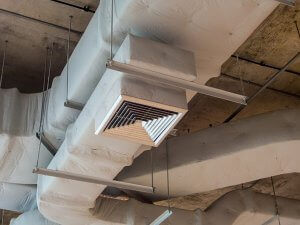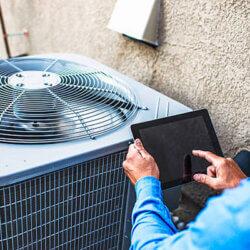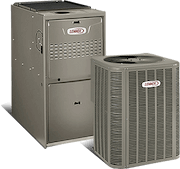
Having efficient duct design is important for the overall performance of your HVAC system. Because ductwork is responsible for distributing conditioned air all throughout the house, it is vital to have efficient duct design. This helps you ensure proper efficiency and save more than a couple of bucks when it comes to heating or cooling costs. Read on to find out more on the practices that ensure you have efficient duct design.
Getting a technician who understands all your needs is very important, and Galmiche & Sons has been operating for over 60 years. Our heating & air conditioning experts are highly trained and will be glad to answer all your questions, including those on duct design. If you have HVAC-related issues that need to be resolved, get in touch today!
Duct Design Best Practices

When it comes to duct design, there are some important aspects to consider and keep in mind. From ensuring proper sizing and placement to sealing the ductwork completely, all of these aspects play a key roll in performance. Here are some of the key aspects to ductwork and ensuring your home or office is at its airflow best.
- Plan for proper placement: When looking at duct design, ensure that the ductwork is placed in such a way that none of the ducts have to travel too far to reach a specific area or a room. If this happens, then there are likely going to be hot or cold spots in that area.
- Use the appropriate size: Another thing to consider when it comes to duct design is the size of the ducts. Ducts that are too small will have a higher resistance to airflow. Oversized ducts, on the other hand, will be ineffective when distributing the conditioned air because of the low air velocity inside them.
- Consider appropriate routing: Routing plays an important role when it comes to duct design as well. Whenever possible, ensure that you route the ducts through conditioned areas. This will prevent heat or cooling loss and in the event that there are any leaks, the conditioned air will leak to areas that need to be heated or cooled and air will not be lost.
- Use insulation: If ductwork must travel through unconditioned areas, then you should consider incorporating insulation into your duct design. Ensure that your ductwork is well sealed and insulated, especially in places where the ductwork has to run through unconditioned areas.
- Use as few connecting pieces of ductwork as possible: When considering the duct design for your house, you need to be aware that every place that you connect pieces of the ductwork is a potential place for air leaks. If possible, use long single pieces and as few connecting pieces as is possible.
- Ensure proper airflow balance: Air balancing is a key part of any successfully duct design. To accomplish this, make sure that every supply register has a return to a route register. You should also set your duct design in such a way that the return flow has the same airflow capacity as the supply.
Call Galmiche & Sons for More on Efficient Duct Design
Whether building a new home or commercial building or renovating or retrofitting an existing system, it is important to achieve efficient duct design. As experts in duct fabrication and design, Galmiche & Sons can help out with any HVAC issues you may be facing. In the greater St. Louis area, give us a call at 314-993-1110 and let us take care of all your heating & air conditioning needs.









